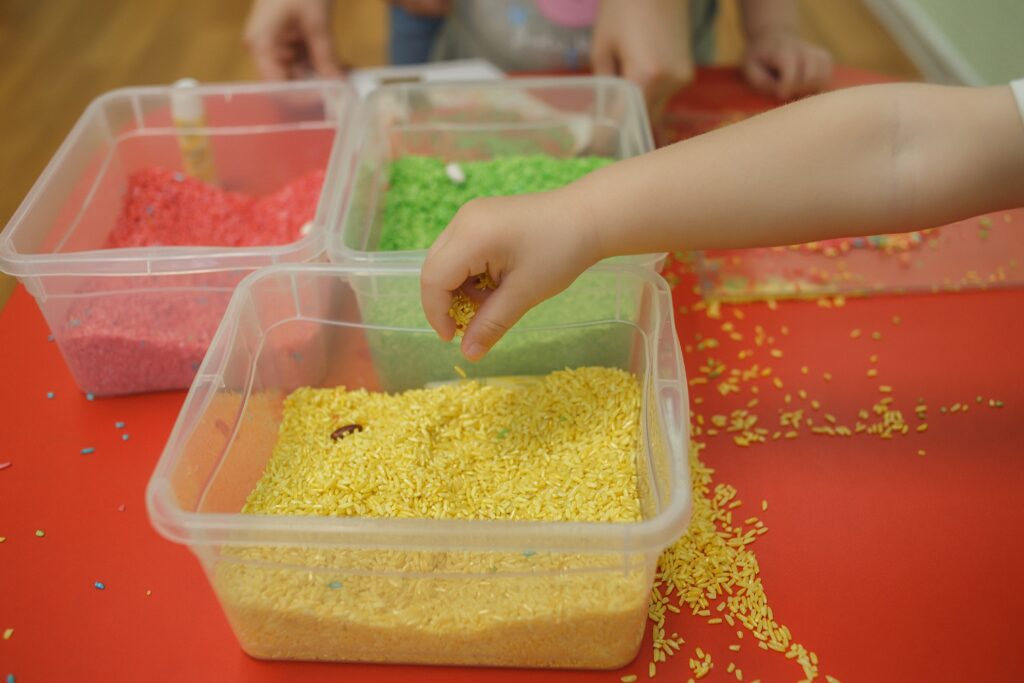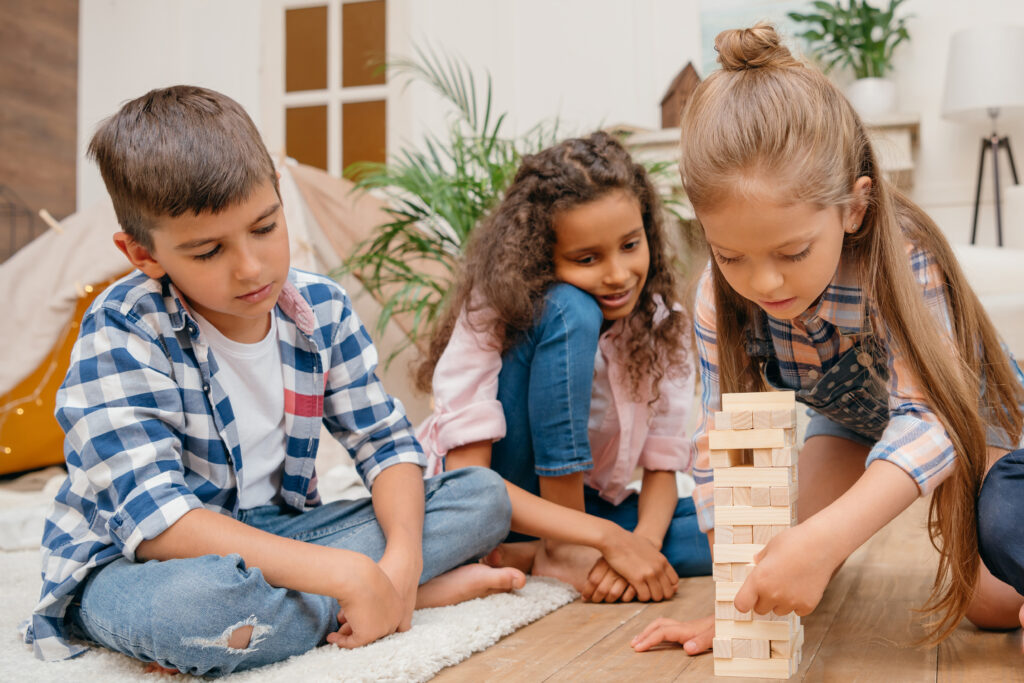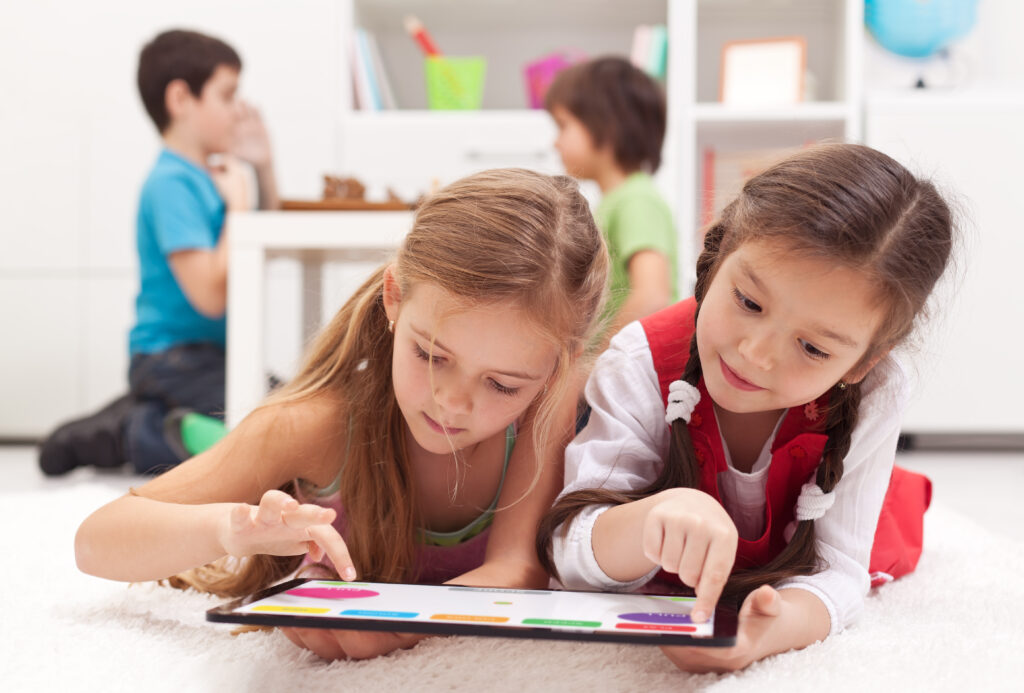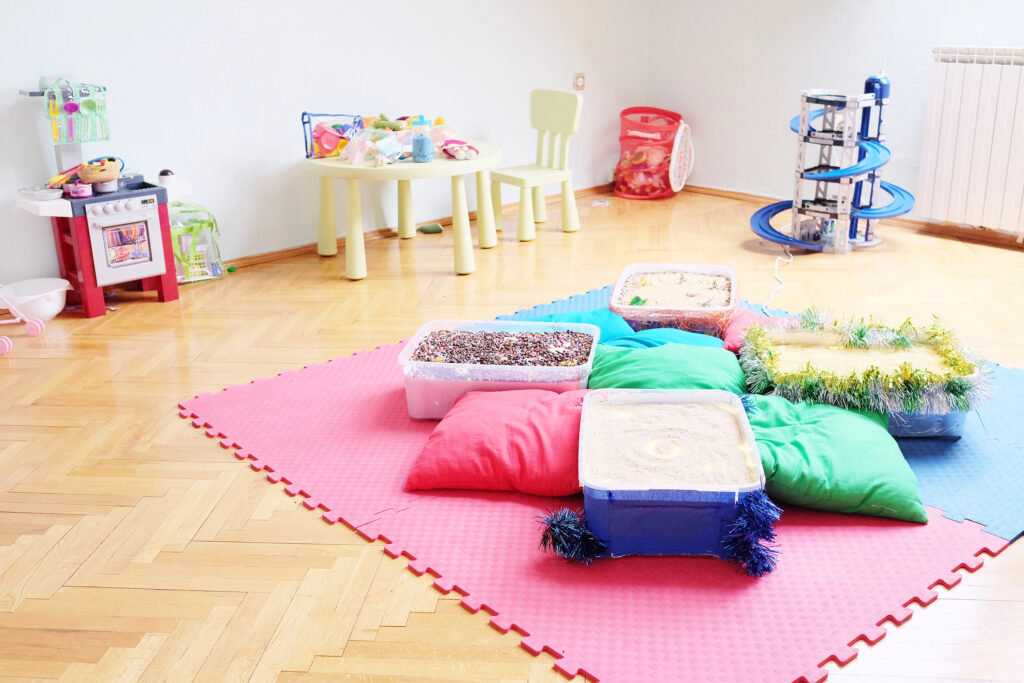Top 10 Indoor Activities for Children with Autism
For parents and caregivers of children with autism (ASD), keeping little minds engaged and spirits high indoors can be a delightful challenge. While traditional playtime might not always resonate, fear not! This list explores 10 captivating activities that cater to the unique needs and sensory preferences of children on the spectrum, incorporating elements of Applied Behavior Analysis (ABA) therapy and fostering joyful exploration.
- Sensory Symphony:

Embrace the power of sensory play! Create a sensory bin with calming textures like dry beans, colorful rice, or crinkly paper. Add hidden toys for discovery and encourage sorting, pouring, and scooping for fine motor skill development. Experiment with sensory dough or slime, incorporating essential oils for a calming or stimulating effect.
- Building Block Bonanza:

Construction play is a fantastic way to engage both logic and imagination. Legos, blocks, and Magna-Tiles offer endless possibilities for building towers, vehicles, or fantastical creatures. Encourage storytelling and role-playing around the creations, fostering social interaction and communication skills.
- Artistic Adventures:
 Unleash the inner artist! Provide a variety of art materials like paints, crayons, markers, and modeling clay. Let your child explore different textures and colors freely. Encourage them to create art based on their interests or emotions, promoting self-expression and emotional regulation.
Unleash the inner artist! Provide a variety of art materials like paints, crayons, markers, and modeling clay. Let your child explore different textures and colors freely. Encourage them to create art based on their interests or emotions, promoting self-expression and emotional regulation.
- Musical Marvels:

Music is a universal language that can have a profound impact on children with ASD. Create a homemade instrument with recycled materials like pots and pans, or use online resources to learn simple songs and rhythms. Encourage movement and expression through music, fostering gross motor skills and emotional release.
- Puzzle Power:

Puzzles offer a stimulating challenge that can improve cognitive flexibility and problem-solving skills. Start with simple puzzles and gradually increase the difficulty as your child masters them. Consider puzzles featuring their favorite characters or themes to enhance engagement.
- Dramatic Delights:

Role-playing and pretend play are powerful tools for social development and communication practice. Set up a dress-up corner with costumes, props, and everyday items. Encourage your child to act out scenarios, take on different roles, and practice social skills like turn-taking and collaboration.
- Book Bonanza:

Reading opens doors to new worlds and fosters imagination. Choose books with engaging storylines, relatable characters, and vibrant illustrations. Take turns reading aloud, discuss the story together, and encourage your child to ask questions. Consider audiobooks or interactive eBooks for added accessibility.
- Tech Time with a Twist:

Technology can be a valuable tool for learning and engagement. Utilize educational apps and games that target specific interests and skills. Encourage interaction with the apps, discuss the content together, and set time limits to ensure responsible screen time.
- Calming Corner:

Create a designated space for relaxation and sensory regulation. Include calming elements like soft lighting, soothing music, weighted blankets, and fidget toys. Teach your child to use this space when feeling overwhelmed or overstimulated, promoting self-regulation and coping skills.
- Movement Magic:

Physical activity is essential for everyone, and children with ASD are no exception. Engage in indoor movement breaks like jumping jacks, dancing, or obstacle courses. Explore virtual fitness programs or online exercise videos designed for children.
Remember:
- ABA therapy: Consider incorporating elements of ABA therapy into these activities. For example, provide clear instructions, offer positive reinforcement, and break down complex tasks into smaller steps.
- Individualize: Each child is unique, so tailor these activities to your child’s specific interests, needs, and sensory preferences.
- Make it Fun! The most important ingredient is to have fun and enjoy the quality time spent together.
Additional Resources:
- The Autism Science Foundation: https://autismsciencefoundation.org
- The Jed Foundation: https://www.jedfoundation.org:
- Understood: https://www.understood.org:
By incorporating these activities into your child’s routine, you can create a world of engagement, learning, and joy indoors, fostering a bright and fulfilling future for your little one on the spectrum.
